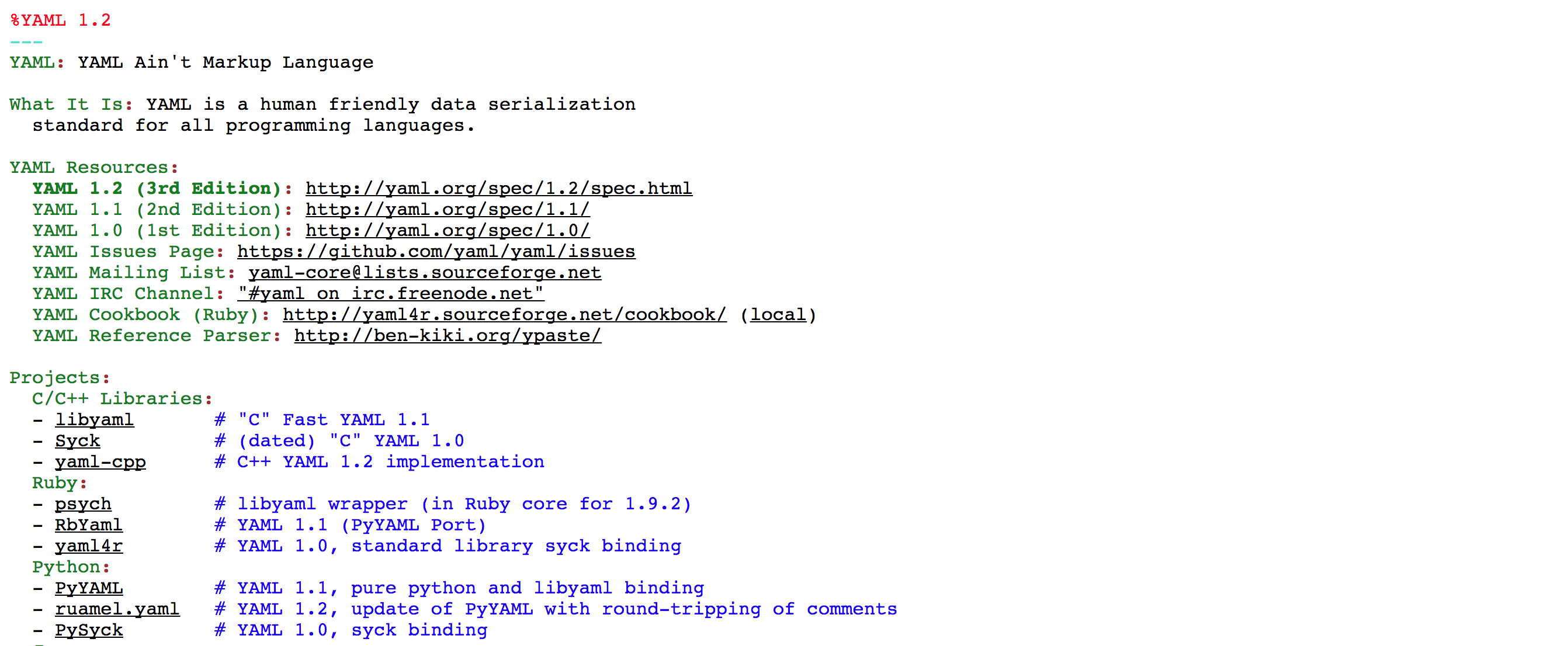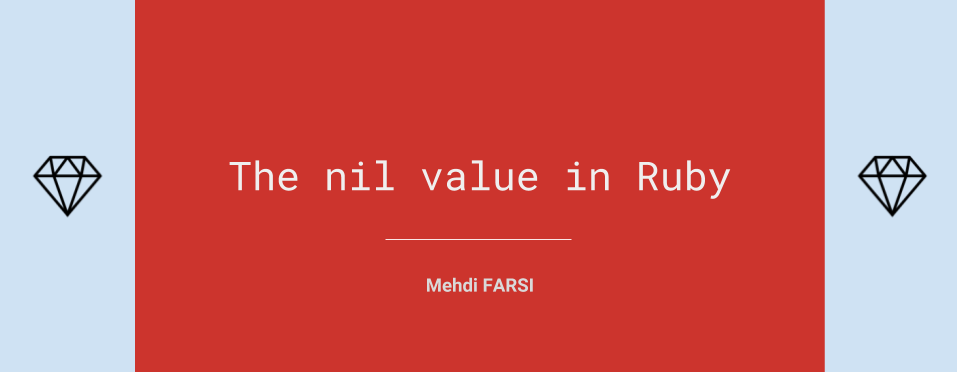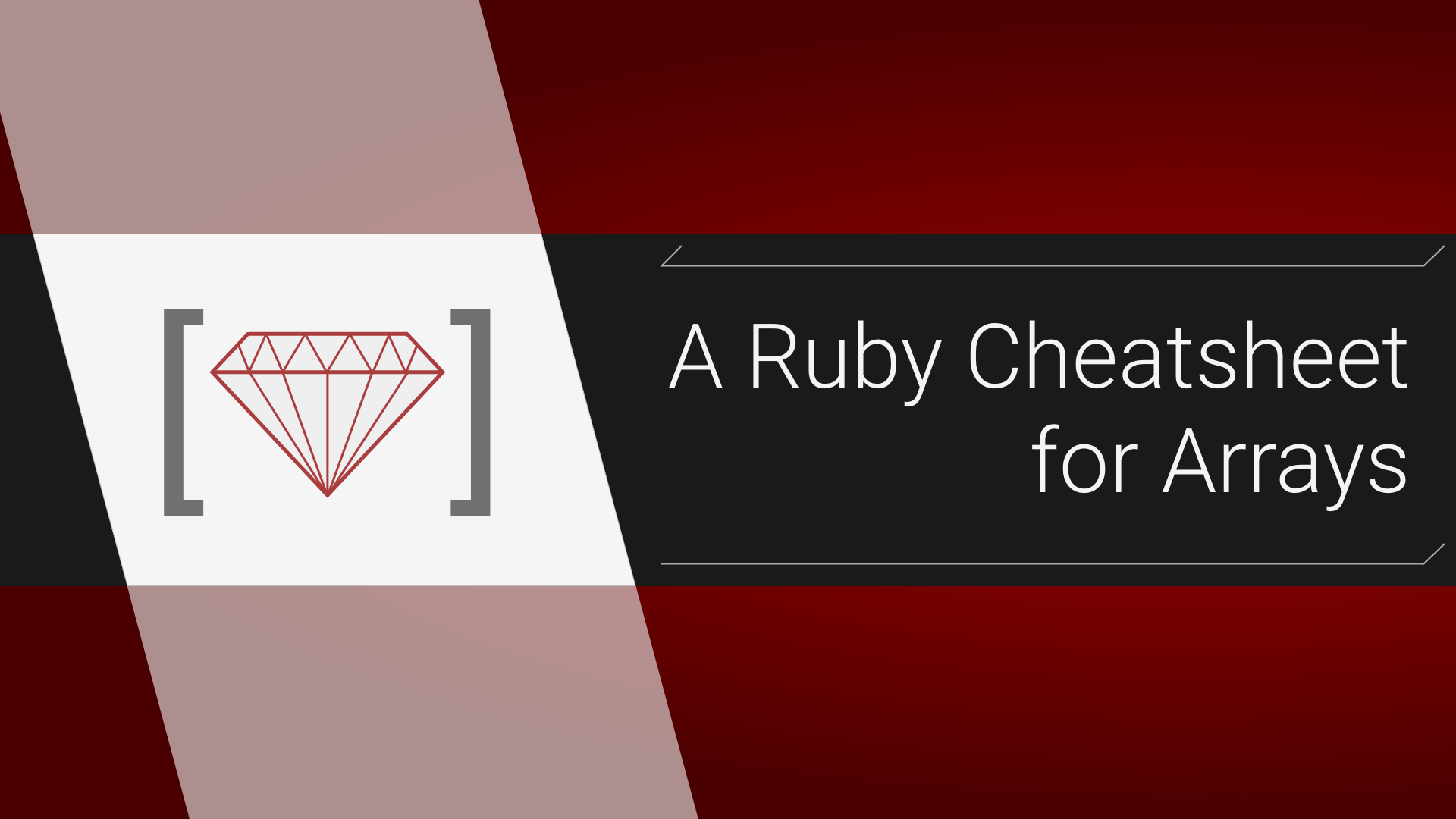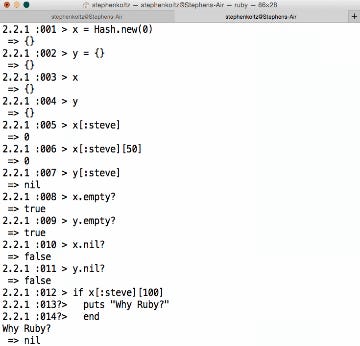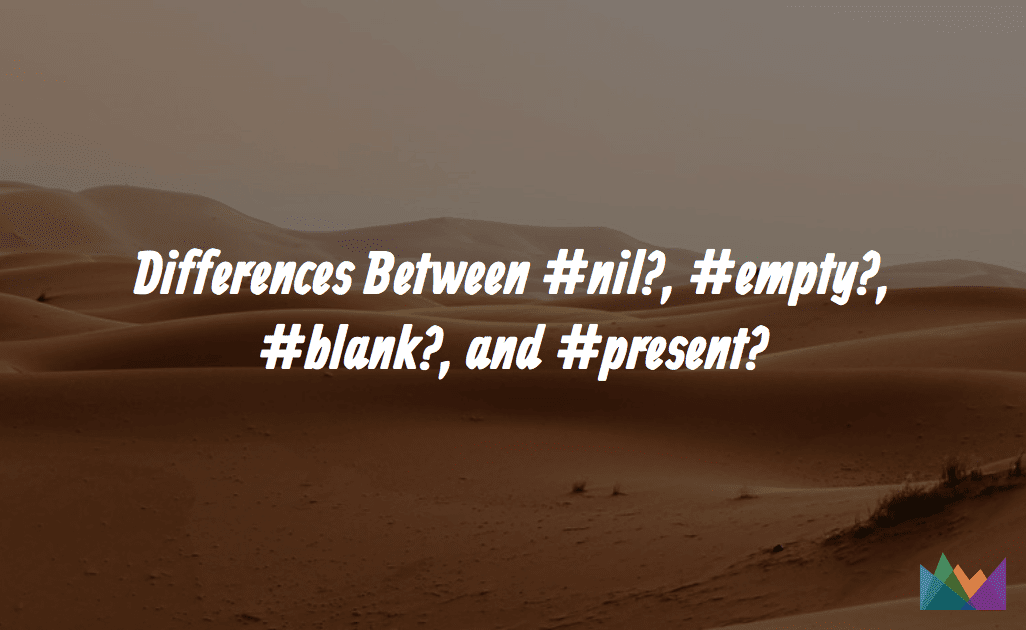For many beginning rubyists especially those having experience in other programming languages such as java or c checking whether variable is nil may seem a little bit confusing.
Ruby return value if not nil.
Use an empty array as the initialization value.
Always remember in ruby true false and nil are objects not numbers whenever ruby requires a boolean value then nil behaves like false and values other than nil or false behave like true.
Do something else i find this code is not so good because creating a temporary variable is troublesome and disruptive of my workflow and it takes time to read and understand a large block of code that is meaningless.
And even those speaking ruby quite fluently don t usually know the tiny little details.
Hashes enumerate their values in the order that the corresponding keys were inserted.
Array index out.
Let s evaluate their usefulness and potential problems that they bring to the table.
Can an be used on anything.
Then in the block convert the current value to an integer with the integer method.
True false and nil are built in data types of ruby.
This happens when you ask for a value but that value is not available.
Ruby program that uses empty method nil this empty method returns nil.
An implicit return value is one that is not specified.
In ruby the last expression evaluated is used as a return value.
Also note that in ruby we do not have to use the statement return as.
So we can avoid typing the return keyword.
Where do nil values come from.
There is only one nil object with an object id of 4 or 8 in 64 bit ruby this is part of why nil is special.
Also in order to return a bunch of things at once we could return an array that holds the things that we are interested in but the array itself is just one object.
A hash is a dictionary like collection of unique keys and their values.
There are plenty of options available.
Many methods can return nil as a result.
Def test end test return value of method.
Ruby is an open sourced object oriented programming language developed by yukihiro matsumoto in ruby everything is treated as an object.
Also called associative arrays they are similar to arrays but where an array uses integers as its index a hash allows you to use any object type.
If the value can t be converted to an integer integer will raise an exception which you can catch and assign nil to the value.
Nil object id 4 let s take a deeper look.
If test nil puts true end output true.
Then take the value and put it in the array but only if it s not nil.
Memoirs of a software team leader read more.
Value topiclinkclick create from new params return value unless value nil.
September 11 2010 4 minute read tags.
